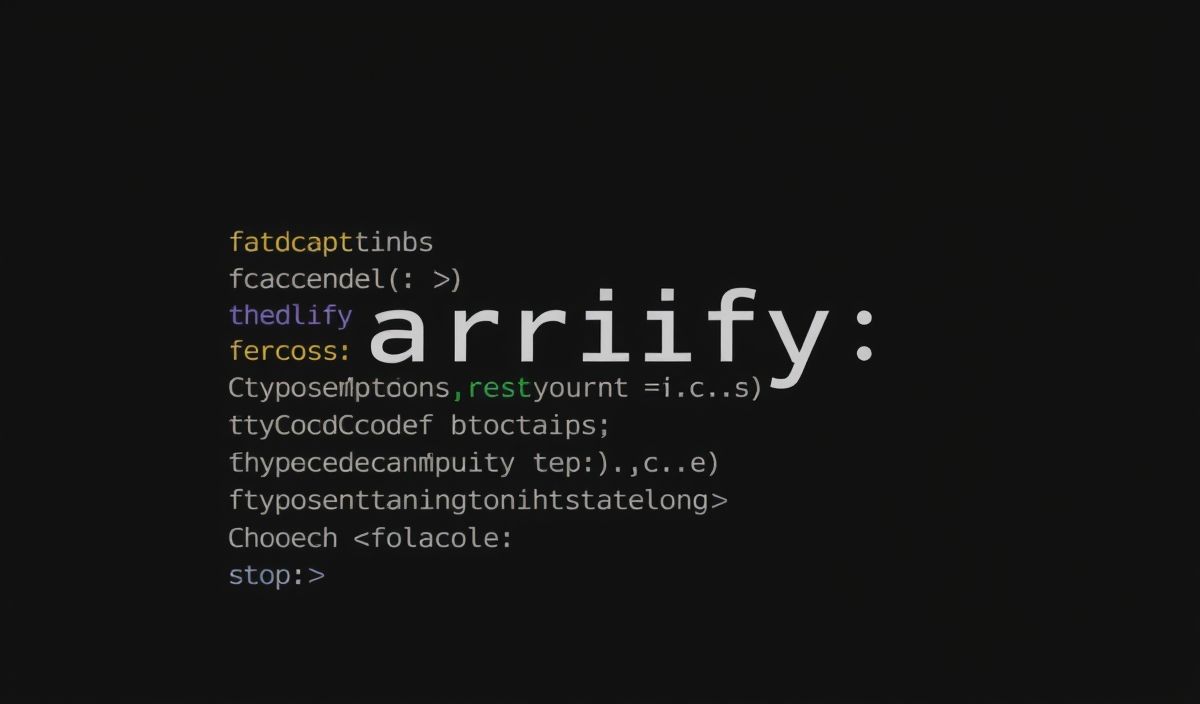Introduction to pyopenssl
pyopenssl is a powerful Python library that acts as a thin wrapper around the OpenSSL library, enabling developers to perform SSL/TLS-related operations such as managing certificates, encryption, secure communication, and more. It is widely used in applications requiring secure data exchange. This guide showcases various pyopenssl APIs, complete with practical code snippets, and concludes with a real-world application example.
Getting Started with pyopenssl
Install pyopenssl using pip:
pip install pyopenssl
Key APIs and Usage
1. Create an SSL Context
The SSL.Context object is fundamental for setting up the SSL/TLS protocol:
from OpenSSL import SSL # Create an SSL context for secure communication context = SSL.Context(SSL.TLSv1_2_METHOD)
2. Load and Use Certificates
Load a certificate and private key for secure communications:
context.use_certificate_file('server.crt')
context.use_privatekey_file('server.key')
3. Manage Secure Connections
Create secure connections using the SSL.Connection API:
from OpenSSL import SSL
import socket
# Create an SSL context
context = SSL.Context(SSL.TLSv1_2_METHOD)
# Open a socket and wrap it with an SSL connection
sock = socket.socket(socket.AF_INET, socket.SOCK_STREAM)
connection = SSL.Connection(context, sock)
connection.connect(('www.example.com', 443))
# Send and receive encrypted data
connection.send(b'GET / HTTP/1.1\r\nHost: www.example.com\r\n\r\n')
print(connection.recv(2048))
4. Inspect Certificates
Retrieve details from a peer’s certificate:
cert = connection.get_peer_certificate() print(cert.get_subject()) print(cert.get_issuer()) print(cert.get_serial_number())
5. Generate X.509 Certificates
Generate and sign your own X.509 certificates:
from OpenSSL import crypto
# Generate a key pair
key = crypto.PKey()
key.generate_key(crypto.TYPE_RSA, 2048)
# Create a self-signed X.509 certificate
cert = crypto.X509()
cert.get_subject().CN = 'localhost'
cert.set_issuer(cert.get_subject())
cert.set_pubkey(key)
cert.gmtime_adj_notBefore(0)
cert.gmtime_adj_notAfter(31536000) # 1 year validity
cert.sign(key, 'sha256')
# Save the certificate and key to files
with open("self_signed.crt", "wb") as cert_file:
cert_file.write(crypto.dump_certificate(crypto.FILETYPE_PEM, cert))
with open("private.key", "wb") as key_file:
key_file.write(crypto.dump_privatekey(crypto.FILETYPE_PEM, key))
6. Verify Certificates
Verify a certificate’s authenticity:
store = crypto.X509Store()
store.add_cert(cert) # Add a trusted certificate to the store
# Verify with a certificate context
store_ctx = crypto.X509StoreContext(store, cert)
try:
store_ctx.verify_certificate()
print("Certificate verification successful")
except crypto.X509StoreContextError as e:
print(f"Certificate verification failed: {e}")
Real-World Application
Here, we’ll create a minimal HTTPS server to demonstrate the APIs:
import socket
from OpenSSL import SSL
# Create an SSL context and load certificates
context = SSL.Context(SSL.TLSv1_2_METHOD)
context.use_certificate_file('server.crt')
context.use_privatekey_file('server.key')
# Create a secure socket
sock = socket.socket(socket.AF_INET, socket.SOCK_STREAM)
secure_sock = SSL.Connection(context, sock)
# Bind and listen
secure_sock.bind(('127.0.0.1', 4433))
secure_sock.listen(5)
print("HTTPS server listening on port 4433")
while True:
client_conn, addr = secure_sock.accept()
print(f"Connection from {addr}")
# Receive the HTTP request
data = client_conn.recv(1024)
print(f"Received: {data.decode()}")
# Send an HTTP response
response = "HTTP/1.1 200 OK\r\nContent-Type: text/plain\r\n\r\nHello, secure world!"
client_conn.send(response.encode('utf-8'))
client_conn.shutdown()
client_conn.close()
Conclusion
With pyopenssl, you can manage secure communications, generate certificates, and ensure data privacy effortlessly. This guide demonstrated a range of useful APIs, culminating in a simple HTTPS server example. Start incorporating pyopenssl into your projects today to build secure and robust applications.




